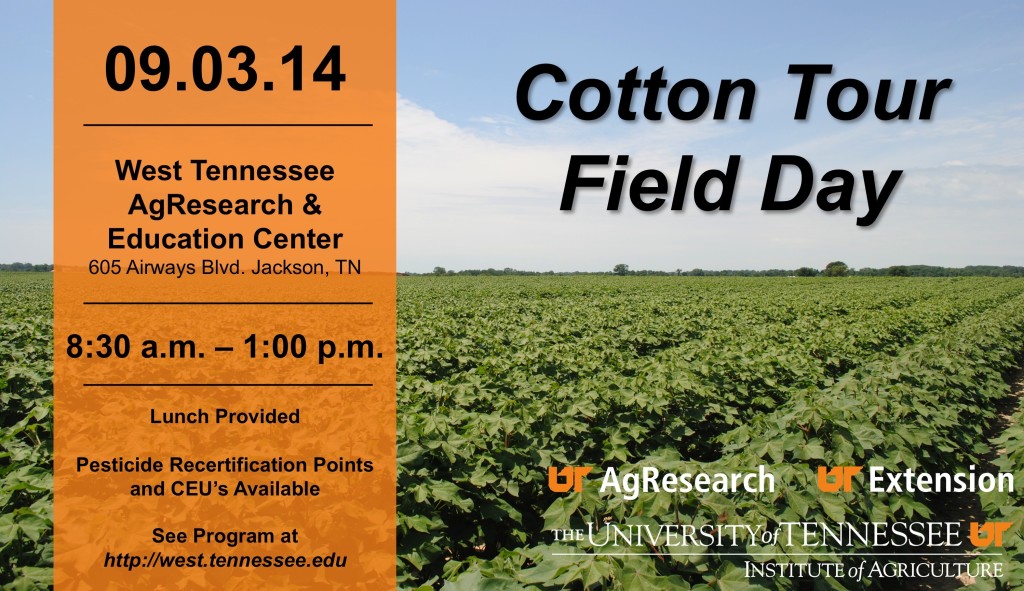As reported by NASS on October 6, 2014
Dry conditions early in the week aide harvest
This past week farmers were harvesting corn, soybeans and cotton. Farmers were also cutting hay and tobacco. There were 5.7 days suitable for field work last week. Topsoil moisture levels were rated 8 percent very short, 29 percent short, 58 percent adequate and 5 percent surplus. Subsoil moisture levels were rated 9 percent very short, 30 percent short, 60 percent adequate, and 1 percent surplus. Continue reading at Crop Progress 10 5 14.


